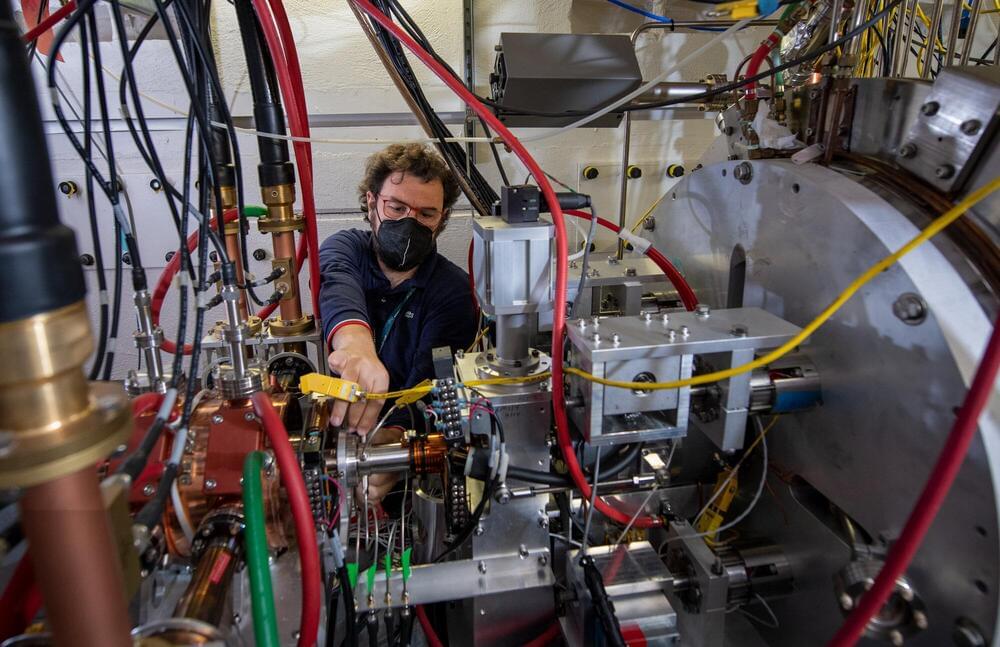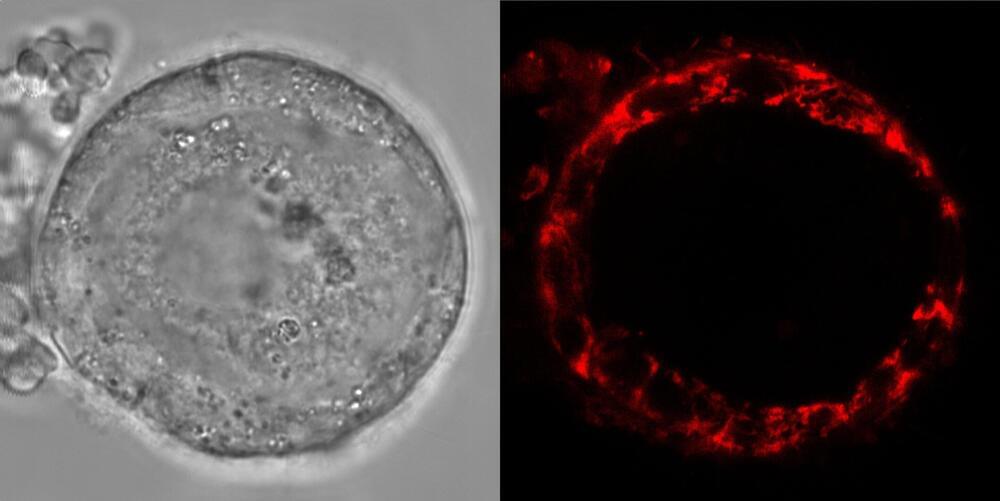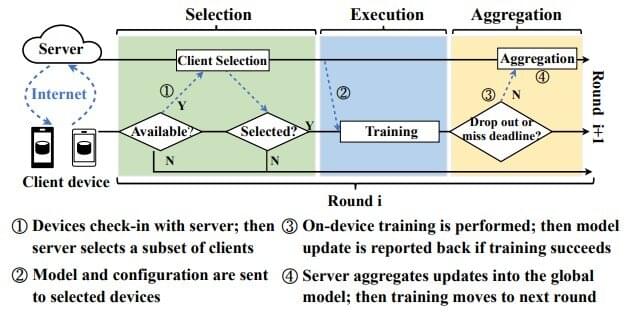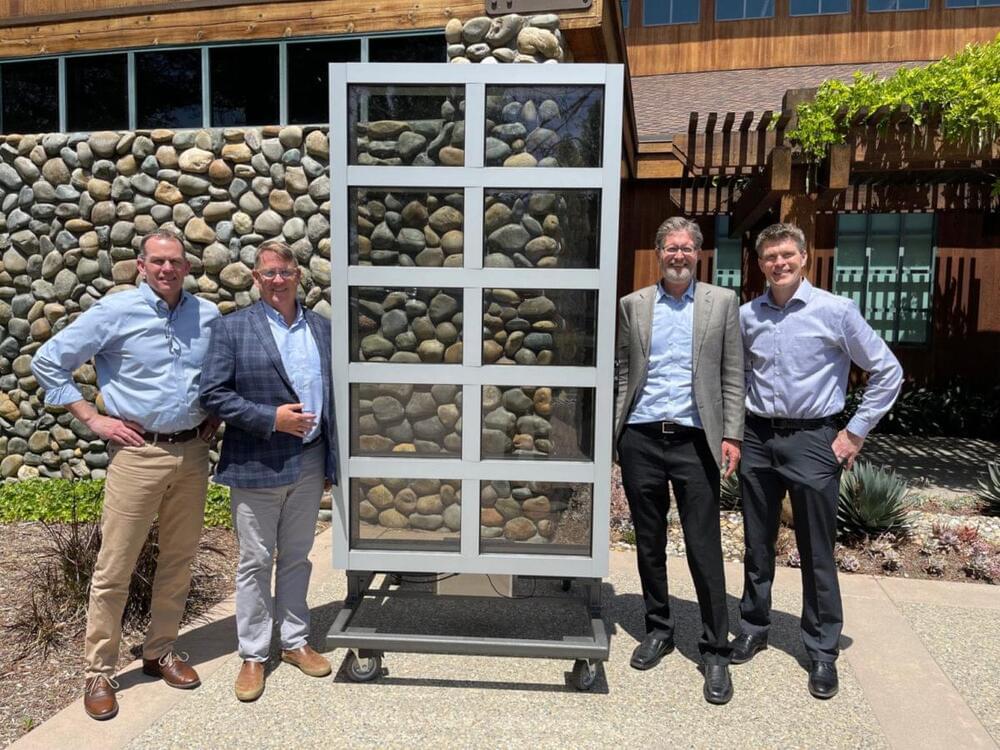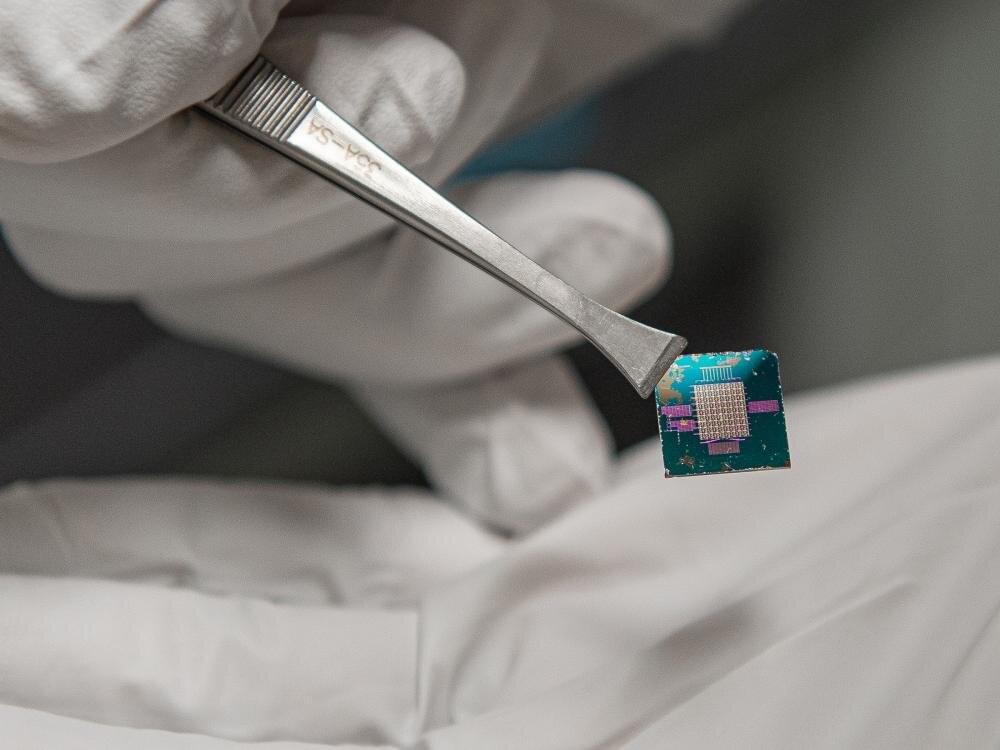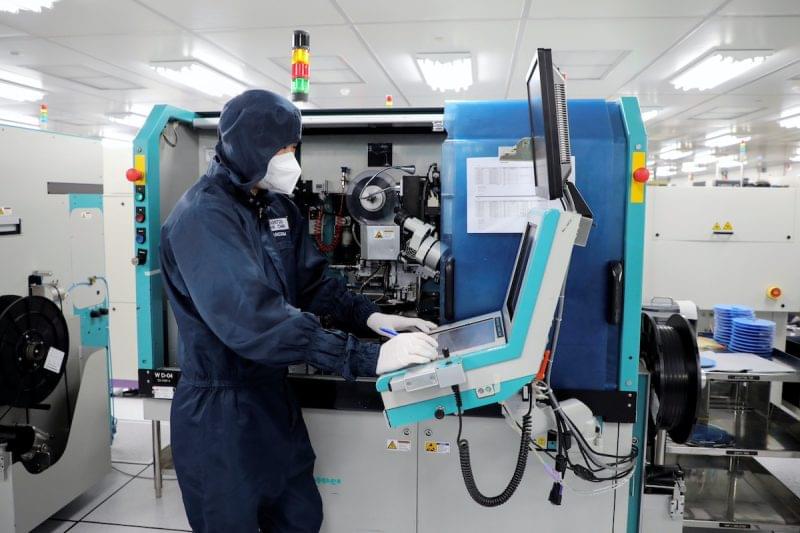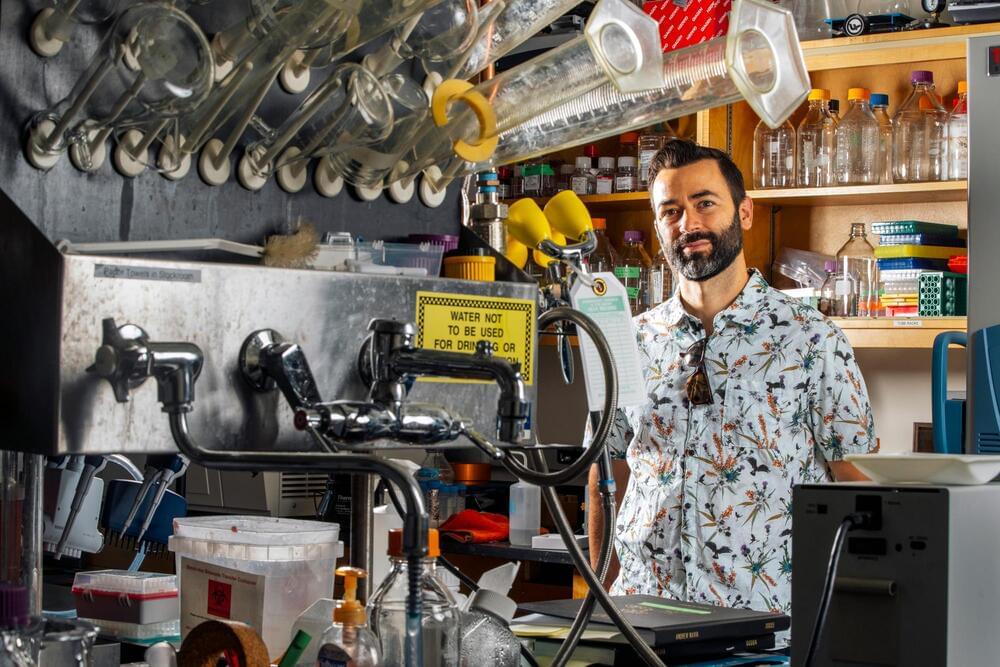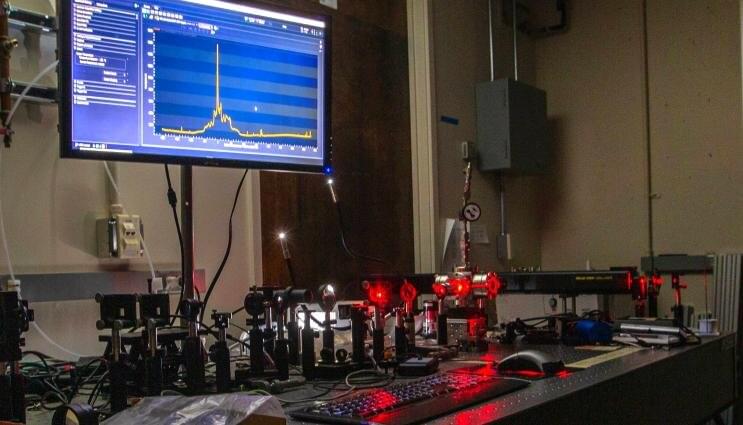Scientists have developed a new machine-learning platform that makes the algorithms that control particle beams and lasers smarter than ever before. Their work could help lead to the development of new and improved particle accelerators that will help scientists unlock the secrets of the subatomic world.
Daniele Filippetto and colleagues at the Department of Energy’s Lawrence Berkeley National Laboratory (Berkeley Lab) developed the setup to automatically compensate for real-time changes to accelerator beams and other components, such as magnets. Their machine learning approach is also better than contemporary beam control systems at both understanding why things fail, and then using physics to formulate a response. A paper describing the research was published late last year in Nature Scientific Reports.
“We are trying to teach physics to a chip, while at the same time providing it with the wisdom and experience of a senior scientist operating the machine,” said Filippetto, a staff scientist at the Accelerator Technology & Applied Physics Division (ATAP) at Berkeley Lab and deputy director of the Berkeley Accelerator Controls and Instrumentation Program (BACI) program.
